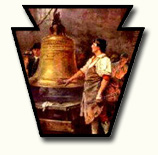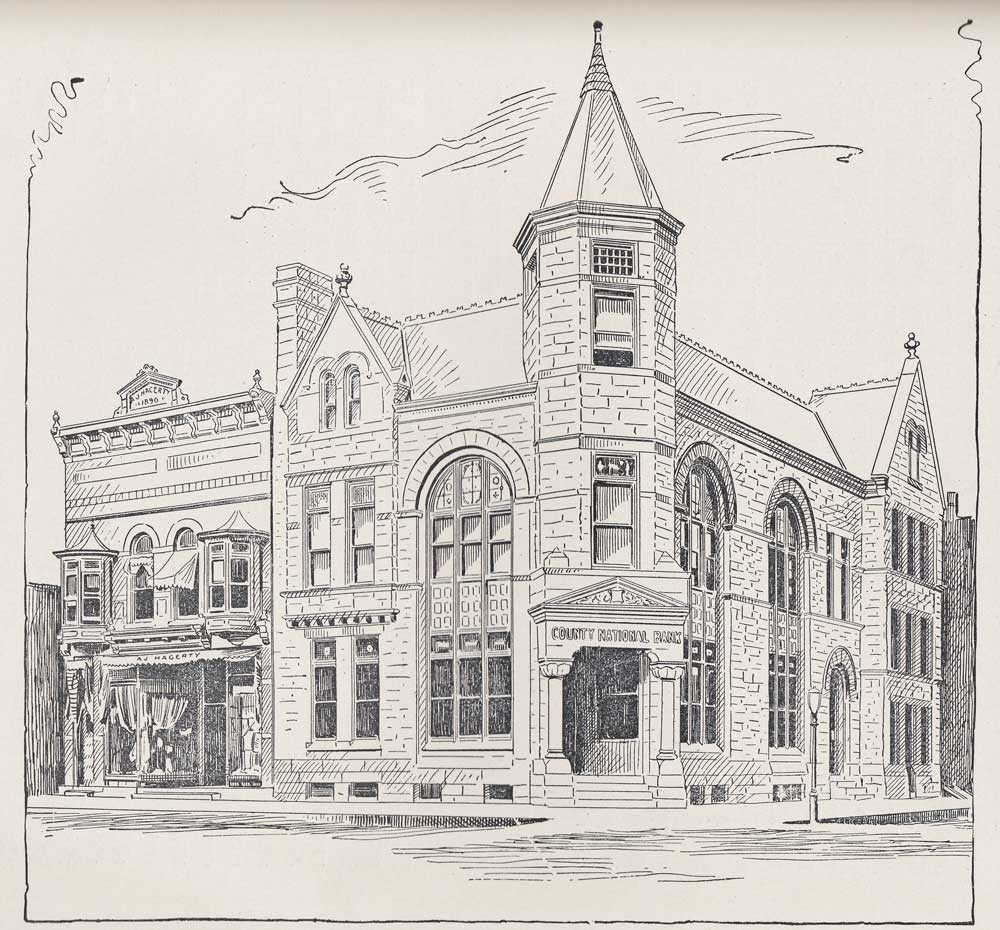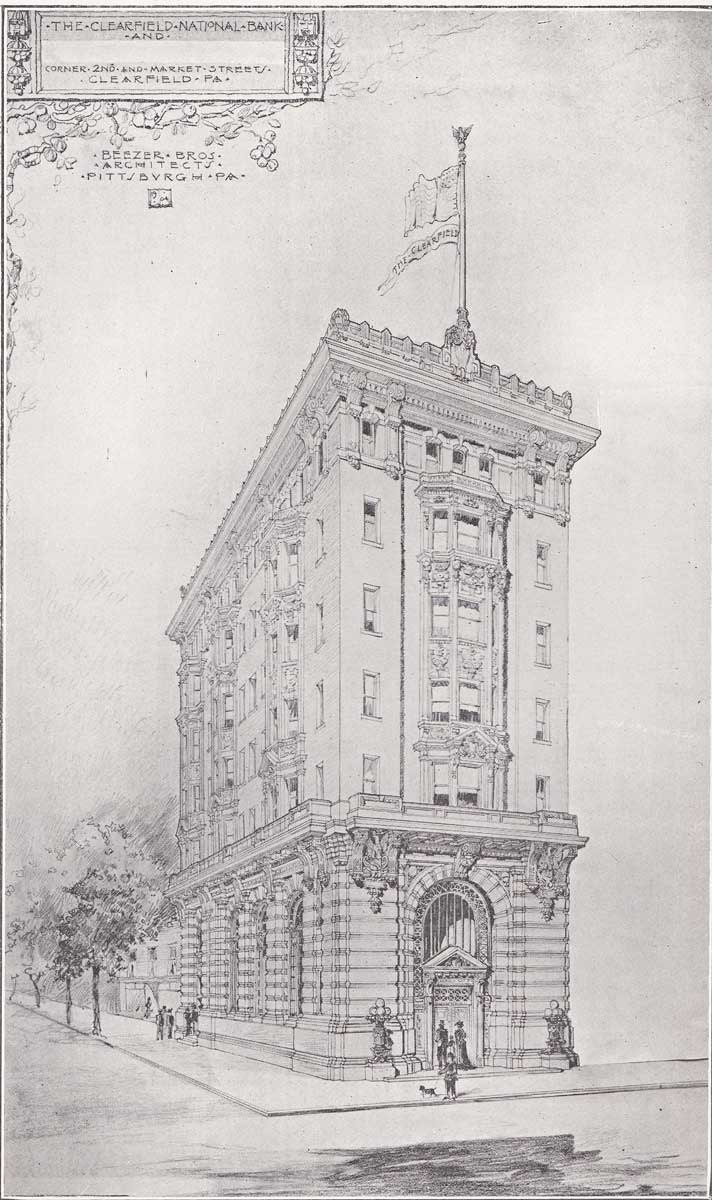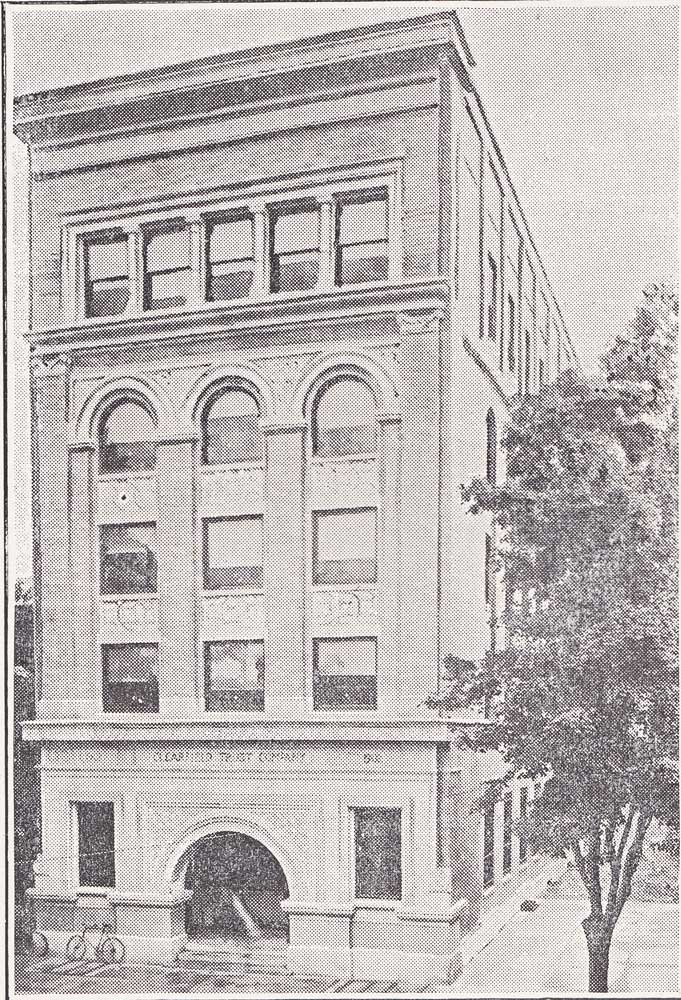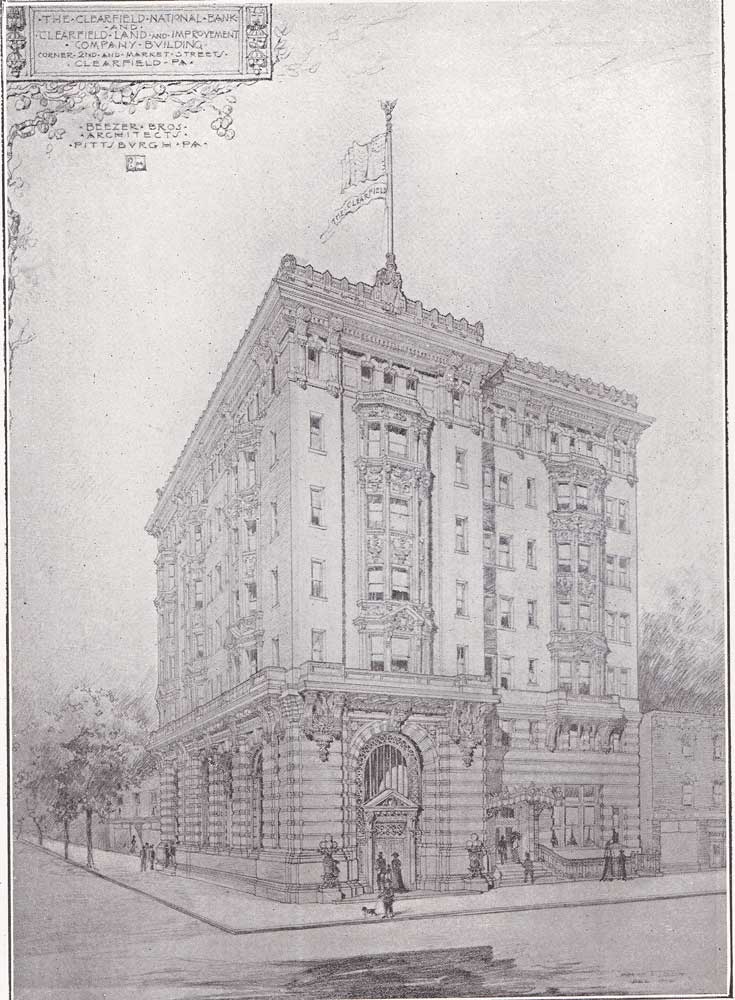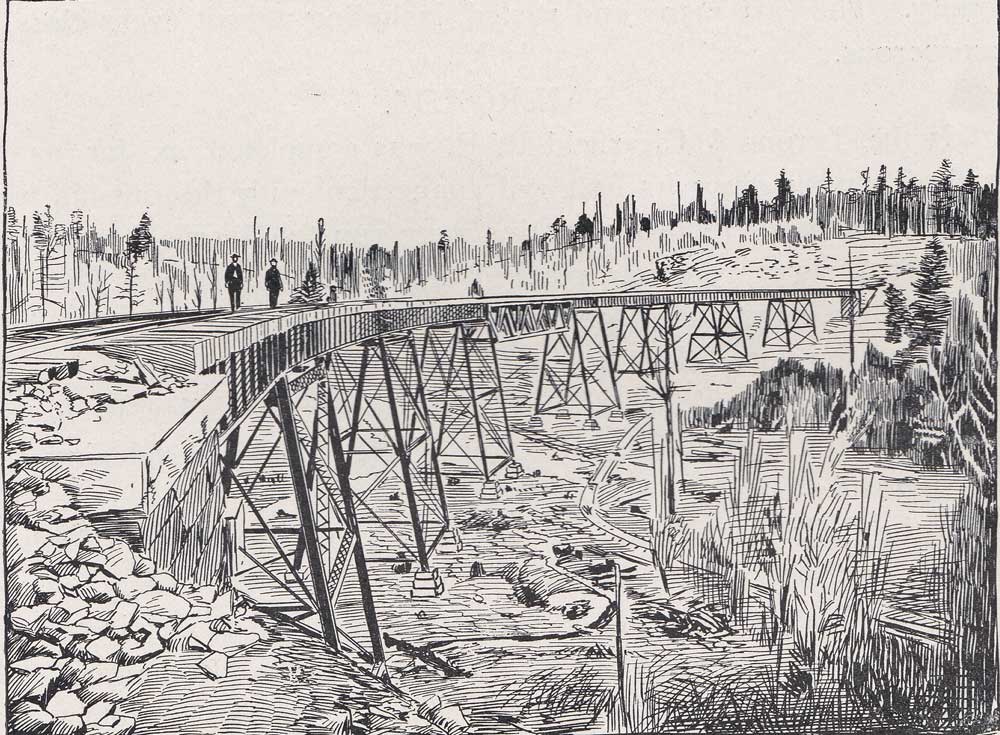|
67 The coal industry, the
reader will recollect, was founded upon a wrecked ark and it would seem that the
fire brick business, too, is founded upon a wreck. The real start, as in the
coal trade, was made about 1867, and through the courtesy of Mr. H. F. Bigler,
of Clearfield, it is made possible to give here a list of the fire brick works
in the county, when erected and by whom established :
No. I Works at Woodland, Erected. 1867 By Isaac and
Benj. Reese, Thomas Hammond and John McMath.
No. 2 Works at Woodland, Erected, 1870 By Wyle and
Richards.
No. 1 Clearfield Fire Brick Works, Erected, 1873 By
Clearfield Fire Brick Co.
Wallaceton Fire Brick Works, Erected, 1880 By
Wallaceton Fire Brick Co.
Philipsburg Fire Brick Works, Erected, 1882 By R. B.
Wiglin & Sons.
Widemire Works, Erected, 1895 By Harbison-Walker Co.
Within the past five years the following works have
been erected :
Clearfield Works, Clearfield, By Harbison-Walker Co.
No. 2 Clearfield Fire Brick Works, Clearfield, By
Clearfield Fire Brick Co.
Blue Ball Works, Blue, Ball, By W. H. Wynn &
Co.
Curwensville Fire Brick Works, Curwensville,
By Curwensville Fire Brick Co.
Osceola Fire Brick Works, Osceola, By Osceola
Fire Brick Co.
The above plants vary in capacity from 5 to 18
millions.
To-day the coal and fire brick industries may
be mentioned as the principal business enterprises in the county, increasing in
magnitude each year.
TANNERIES.
It is said that Benjamin Hartshorn built a tannery on
the place where he settled, near Curwensville, in Pike township, as early as
18°6, and that it was the first tannery built in the county.
About 1810 Thomas Reynolds built a tannery on the site
now occupied by Judge McEnally's residence.
At an early date Wm. McNaul built a tannery at
Curwensville, which was operated until within recent years by Zariah McNaul.
Two tanneries were built in Clearfield before 1840, one
on the lot now occupied by the residence of S. V. Wilson, Esq., and Mrs. Boyer,
on South Second Street, the other on the site of the Shirk tannery, on South
Fourth Street, near Cherry.
John McPherson operated a small tannery near
Luthersburg, in Brady township, and afterwards, about 1835, came to Clearfield,
where he erected a tannery on South Second Street, on the property now occupied
by his daughter, Mrs. Robert Larrimer, which he continued to operate until the
time of his death,
|
